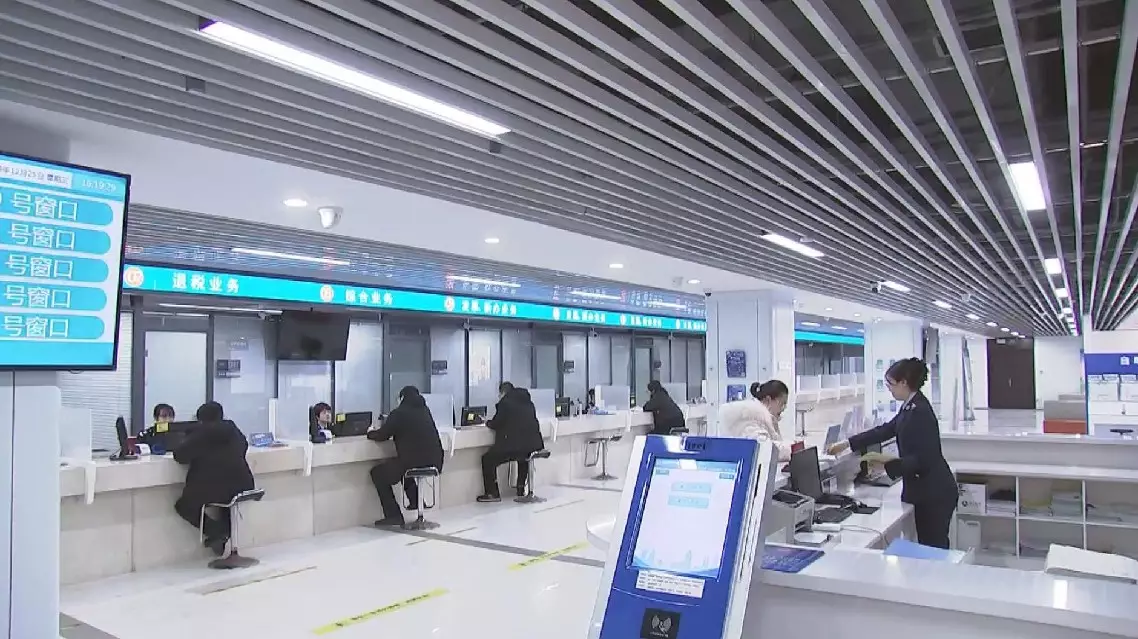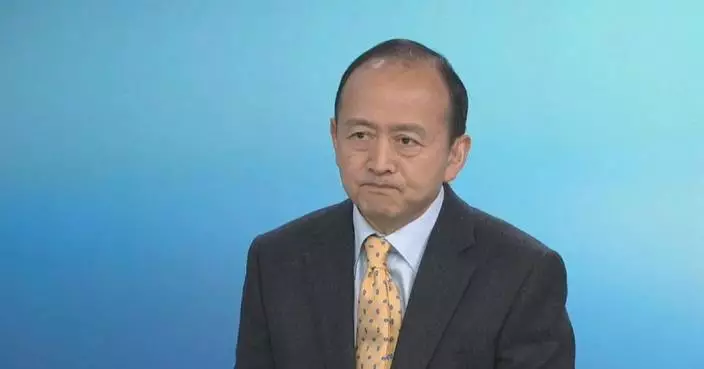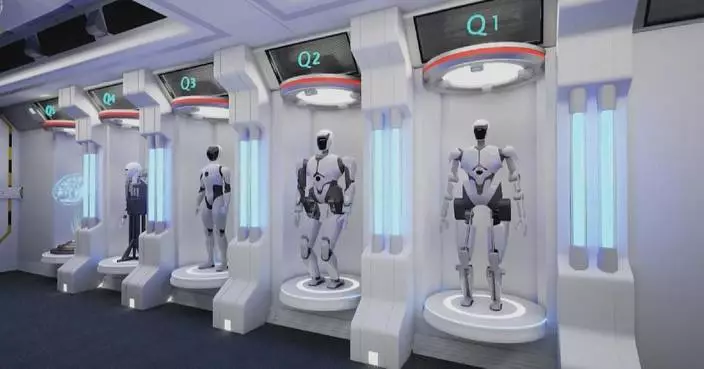The private sector of the Chinese economy significantly benefited from the government's tax and administrative fee cuts in the first 11 months of this year, according to the latest official data released by the State Taxation Administration.
From January to November, the newly implemented tax refunds for the private sector of the economy as well as new cuts and deferrals of tax and administrative fee payments amounted to 1 trillion yuan (about 137 billion U.S. dollars), accounting for 71.3 percent of the total amount of the new tax and fee reductions and tax rebates for all sectors of the economy in the country, according to the data.
Since the beginning of this year, a series of preferential tax policies have kept playing a role in stimulating the vigor and vitality of the private sector of the economy.
In Hangzhou, capital city of east China's Zhejiang Province, a company that uses special and sophisticated technologies to produce novel and unique products has enjoyed a tax reduction of 20 million yuan (2.74 million U.S. dollars) so far this year.
"We've equipped our production line with a 'digital brain', which improves the production efficiency by 30 percent. So far this year, our sales have already topped 300 million yuan (about 41.1 million U.S. dollars), an increase of more than 10 percent over the same period of last year," said Zheng Lei, financial administrator of the company.
Official data show that in the first 11 months of this year, private enterprises nationwide enjoyed tax cuts of 699.1 billion yuan (95.78 billion U.S. dollars) through two preferential tax policies to support scientific and technological innovation, namely additional deductions for research and development expenses and value-added tax (VAT) deductions for advanced manufacturing enterprises, and a total of 269.1 billion yuan (36.87 billion U.S. dollars) of VAT credit refunds.

China's private sector significantly benefits from tax, fee cuts in January-November
China has intensified efforts to streamline payment options for foreign visitors this year, aimed at enhancing their travel experience and boost inbound tourism, which has seen steady growth in recent years.
From January to November, the number of foreign arrivals in China surged by 86.2 percent year on year, reaching 29.2 million.
This influx of tourists has been accompanied by a significant rise in the use of foreign payment methods.
In the first half of this year alone, transaction volumes of foreigners using overseas wallet apps to pay for goods and services in China increased more than sevenfold, according to data from NetsUnion Clearing Corporation, a Chinese online payment clearing house under the People's Bank of China.
During the same period, the number of foreign wallet transactions in China hit 28.75 million, up 5.29 times from the previous year. Meanwhile, transaction volume reached 5.32 billion yuan (about 729 million U.S. dollars), a 7.67-fold increase from last year's figures.
Overseas bank cards are now widely accepted across China, and Chinese mobile payment giants Alipay and WeChat Pay have integrated Visa and Mastercard, allowing foreign visitors to pay seamlessly like locals. "We managed to link our two credit cards to Alipay, and everything worked fine. We looked on the Internet, there are some blogs that explain how to create your Alipay account and how to link your credit card. We only paid with the QR code, almost did not use cash," said a foreign visitor.
"Our collaboration with Alipay and WeChat, is just the first start. Really what it enabled is our global network, our global consumer base, and our global partner network with all the financial institutions. And also another good example is we just announced in September that the Beijing subway can accept direct Mastercard payment. So, as an inbound traveler to Beijing, for them to take subway, they just need to tap their Mastercard at the gate and they can enter the subway," said Dennis Chang, president of Mastercard Greater China.
In September, Beijing's subway system launched a service allowing passengers to tap their Mastercard or Visa card at the gate, eliminating the need for physical tickets.
Since Sept 13, a total of 490 stations across the city's subway network have adopted this new system, further improving convenience for foreign visitors.

China expands payment options for int'l inbound tourists










